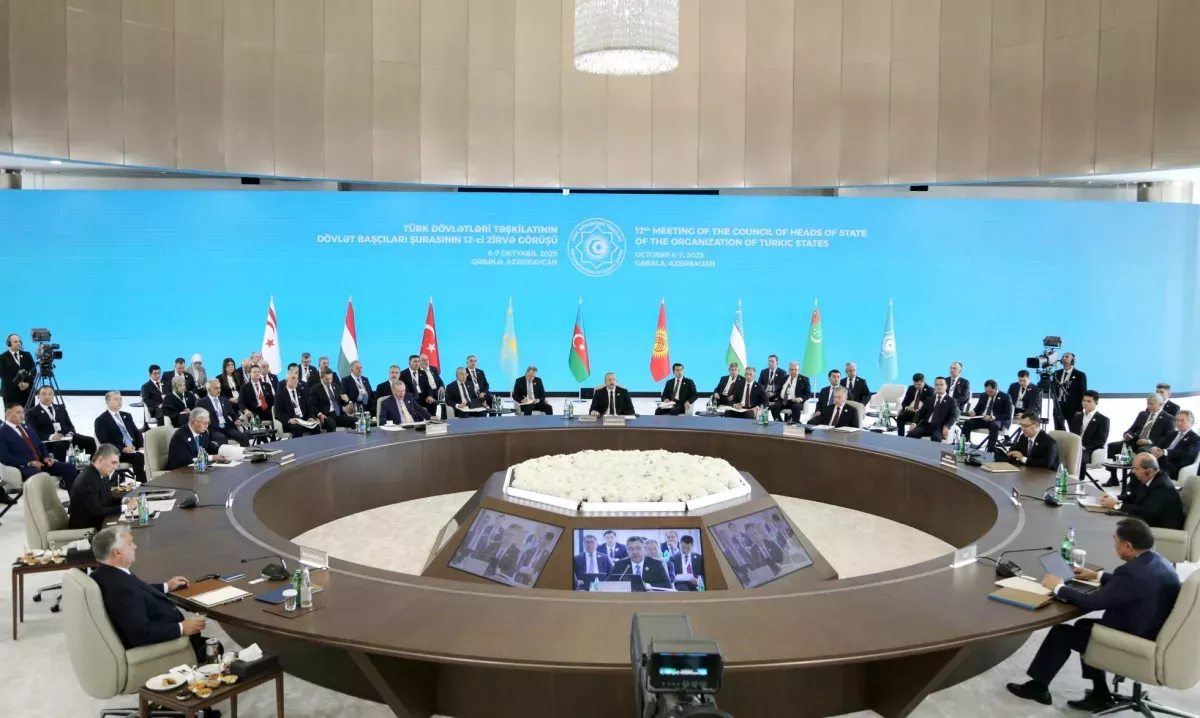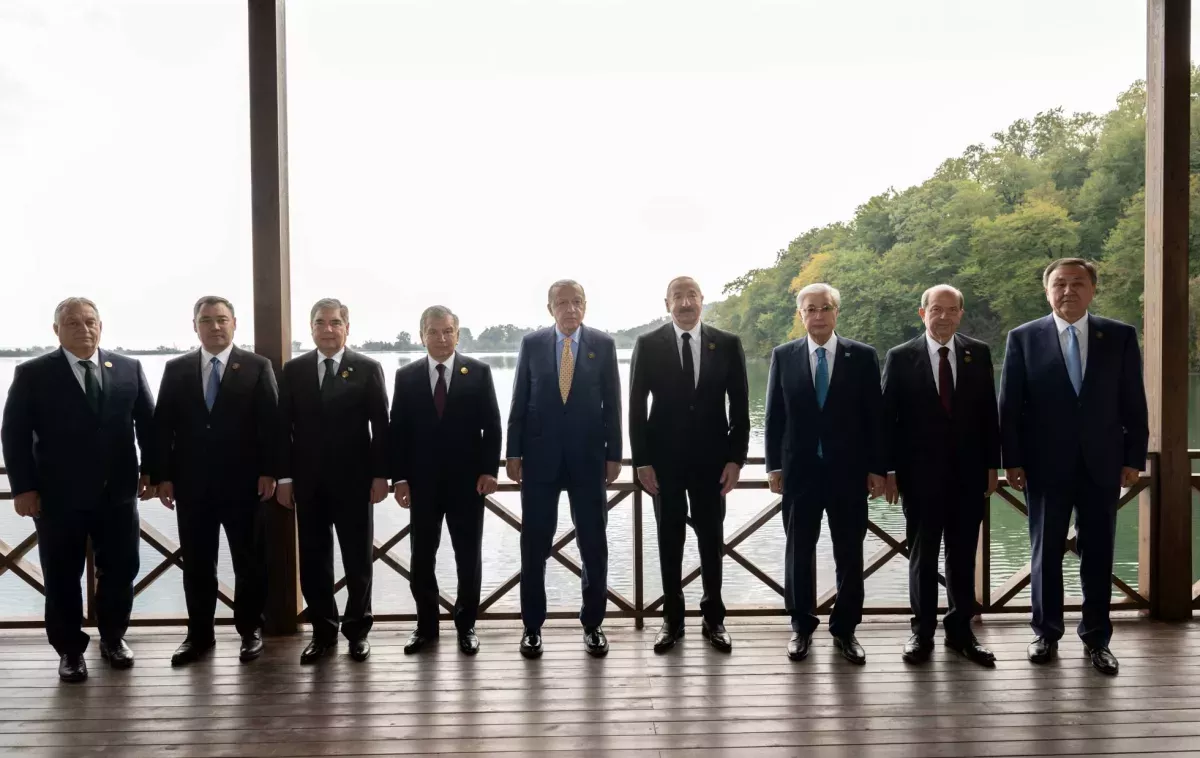Turkic unity and the outside world Geopolitical highlights of the Gabala declaration
As previously reported, the leaders of the member states of the Organization of Turkic States (OTS) signed the Gabala Declaration at the 12th OTS Summit on October 7. The document represents a comprehensive and detailed program outlining the priorities of the Organization’s activities for the foreseeable future.
The Declaration is structured into the following sections: cooperation on political issues, foreign policy and security; economic and sectoral cooperation; people-to-people cooperation; institutional cooperation within the Turkic world; cooperation with external parties; and organisational matters.
Each section contains a detailed platform for developing cooperation within the OTS framework. In this article, however, we focus on one specific aspect of the Declaration — foreign policy initiatives.
From the very first articles of the declaration, the OTS declares itself a supranational international entity concerned with the welfare of the Turkic world. Article 2 states that the heads of state of the OTS emphasize the need to achieve a mutually acceptable and viable settlement of the Cyprus issue through negotiations, based on the existing realities on the island, and express their solidarity with the Turkish Cypriot people as an integral part of the Turkic world in their quest to ensure their equal and inalienable rights.

It expresses concern over the deteriorating humanitarian situation in Gaza. It calls for an immediate and sustained ceasefire and unhindered humanitarian access to the territory, emphasises the need for a just and lasting resolution of the Israeli-Palestinian conflict, and supports the implementation of a two-state solution in line with relevant UN resolutions, based on the 1967 borders with East Jerusalem as the capital of Palestine. Additionally, the document affirms the OTS’s support for Syria’s territorial integrity and for stability in Afghanistan.
A key initiative highlighted in the Declaration is the creation of the OTS+ format, designed to facilitate cooperation with countries outside the Organization. Closely linked to this is the call for intensified joint efforts to secure observer status for the OTS at the United Nations General Assembly and the Organization of Islamic Cooperation (OIC).
Besides, the Declaration clearly and unequivocally urges member states and observers to enhance cooperation and act in closer coordination on international platforms, aiming to consolidate and express their positions unanimously on issues of common interest and concern, and to strengthen the influence of the Turkic world in global decision-making processes.
The document also proposes that the foreign ministers of OTS member states meet more frequently, given the rapid pace of global and regional developments, to conduct comprehensive multilateral consultations.
Moreover, the Declaration calls on the relevant authorities to continue holding regular consultations on political and security issues concerning regional and international matters of mutual interest, and to reinforce joint response measures based on a shared strategic vision.

Articles 13 and 14 of the Declaration deserve special attention. Article 13 calls for an accelerated review of the draft "Treaty on Strategic Partnership, Eternal Friendship, and Brotherhood of Turkic-speaking States," while Article 14 tasks the Secretariat with exploring ways to establish a Turkic Strategic Foresight Network, composed of leading think tanks and academic institutions from member and observer states. In other words, this envisions the creation of a unified center for strategic forecasting and planning for the entire Turkic world.
Taken together, these provisions demonstrate the OTS member states’ strong commitment to deepening cooperation and developing an optimized approach to international security and foreign policy. This approach is crucial, as Turkic integration is driven not only by shared history, religion, language, and culture, but also by a shared understanding of external threats facing Central Asia and the South Caucasus.








